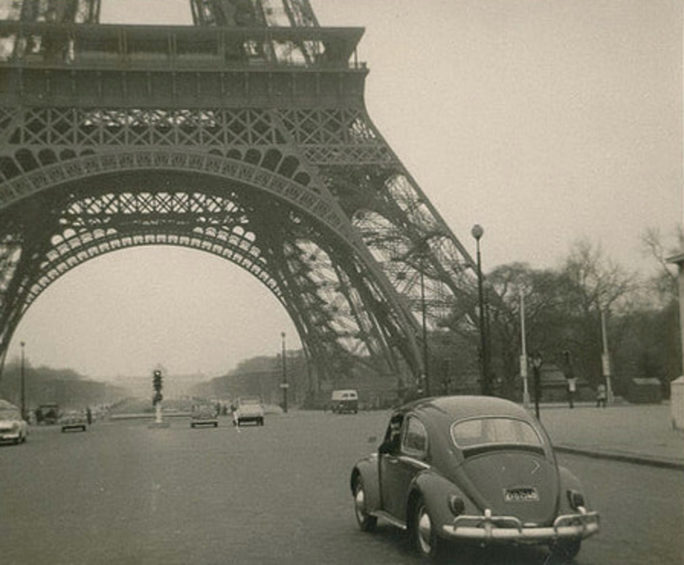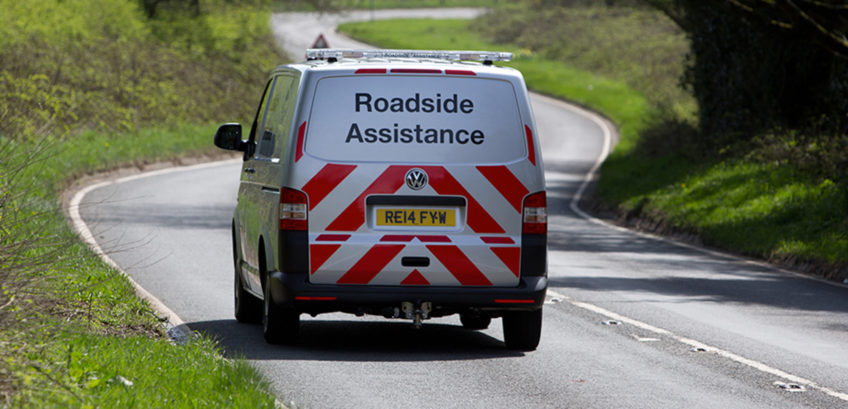Taking a classic on a European tour is great fun, and possibly one of the best ways to enjoy spending some quality time with your pride and joy. But before you grab your keys and passport, there are some important things you should know before hitting the road…
Taking off in you classic as part of an organised tour or following your own winding route across the continent is one of the greatest pleasures in our hobby, and a good way to see different places, meet fellow old car enthusiasts and get the opportunity to drive on much nicer roads. However, there are some European laws that you need to be aware of first.

In France, for example, you need to travel with a fluorescent hi-viz jacket as well as a full bulb set, a warning triangle, GB sticker and a breathalyser. There has to be some kind of headlamp adjustment carried out, or beam adapters fitted, too. You’ll also need to take your original registration document and car insurance policy. Also, in France (as well as in Belgium, Croatia, Germany, Italy, Holland, Norway, Portugal, Spain, Sweden and Switzerland) the minimum age at which a visitor may drive a car is 18. A first-aid kit is compulsory in Austria and Croatia. These aren’t recommendations, they’re compulsory – and if you don’t comply, you’re likely to get an on-the-spot fine.

There are also a few items that we take for granted here that are prohibited across the channel. For example, if you have a radar detection device to warn of speed camera locations, this is illegal across the EU. Some satnavs have this function built-in, so beware.
While the latest photocard driving licence is perfectly acceptable, the old paper type is likely to be looked upon a little less favourably. So, if you’re planning a trip, now might be a good time to get yours updated. While still on paperwork, it’s worth reading your insurance policy to check that you will be covered on European roads. You may need to tell them which countries you intend visiting, so have this information handy. If you’re in any doubt, give them a ‘call. Reliable as they are, we wouldn’t consider taking an older VW across the channel without some form of breakdown cover in place. You can take spares and VW tools with you, but some things are impossible to fix by the roadside and if you’re left stranded, repatriation without the necessary cover will cost a small fortune.

Countries such as France have toll roads which can work out pricey, too. And they can also get horribly snarled up at peak times. You will need a pass to use Switzerland’s motorway network. When plotting your route, it’s a case of weighing up the advantages of getting somewhere quicker against the cost and the boredom factor of travelling on a dual carriageway and possibly missing out on lots of nice little towns en route. Be sure to swat up on speed limit variations between different countries, and be wary of de-restricted areas where the speed of traffic can terrify those in much older, more pedestrian classics. I found this out when travelling in my Beetle on Germany’s autobahns where it was almost impossible to move out on to the outside lane with its fast flow of supercar traffic.
Finally, and this isn’t so much a legal issue – more common sense. Take your time planning a good route, be realistic about how far you can drive in one day, and give you car a proper mechanical inspection before you set off. But most of all, have fun!
Ian
The opinions expressed here are the personal opinions of the author and do not necessarily represent the views and opinions of VW Heritage


Although Iam a British citizen, my car was registered in Spain, has Spanish matricula, reg plates and is insured by a Spanish insurace company. Is there anything else I should consider for my protection and to comply.